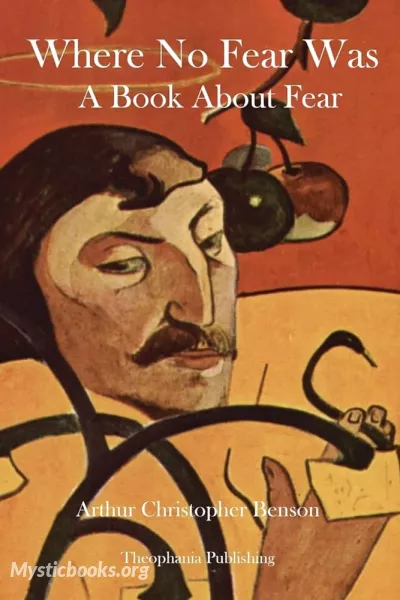
Where No Fear Was: A Book About Fear
'Where No Fear Was: A Book About Fear' Summary
Arthur Christopher Benson's book, Where No Fear Was, is a meditation on the nature of fear and how to overcome it. Benson begins by acknowledging that fear is a natural human emotion, and that it can be a powerful motivator. However, he also argues that fear can be paralyzing if we let it control us.
Benson identifies two main types of fear: the fear of real dangers, and the fear of imaginary dangers. He argues that the fear of real dangers is a healthy and necessary emotion, as it helps us to avoid harm. However, the fear of imaginary dangers can be destructive, as it can prevent us from living our lives to the fullest.
Benson provides a number of strategies for overcoming fear. One important strategy is to face our fears head-on. He argues that the more we confront our fears, the less power they will have over us. Another important strategy is to develop a sense of trust in ourselves and in the world around us. When we trust that we are capable of handling whatever life throws our way, we are less likely to be afraid.
Benson also emphasizes the importance of faith in overcoming fear. He argues that faith in a higher power can give us the strength to face our fears and to live our lives courageously.
One of the central themes of Where No Fear Was is the idea that fear is often rooted in ignorance. When we don't understand something, we are more likely to be afraid of it. Benson encourages us to learn as much as we can about the things we fear. The more we know, the less afraid we will be.
Another important theme of the book is the idea that fear is often based on false assumptions. For example, we may be afraid of failure, but the truth is that everyone fails at some point in their lives. Failure is simply a part of the learning process. Benson encourages us to challenge our negative assumptions and to develop a more realistic and positive outlook on life.
Where No Fear Was is a book that offers hope and encouragement to those who are struggling with fear. Benson's insights are wise and compassionate, and his advice is practical and helpful. If you are ready to let go of your fears and live your life to the fullest, then this book is for you.
Essence and Spirit of the Book
The essence and spirit of Where No Fear Was is a message of hope and encouragement. Benson believes that everyone has the potential to overcome their fears and live a courageous and fulfilling life. He offers a number of practical strategies for overcoming fear, as well as insights into the nature of fear itself.
Benson's book is not a self-help manual in the traditional sense. He does not offer any quick fixes or easy solutions. Instead, he offers a thoughtful and compassionate exploration of the human condition. He encourages us to reflect on our own fears and to develop a deeper understanding of ourselves.
Benson's writing is both wise and compassionate. He understands the power of fear, but he also believes that it can be overcome. He offers us a vision of a life lived without fear, a life filled with courage, joy, and love.
Conclusion
Where No Fear Was is a book that will stay with you long after you finish reading it. Benson's insights are both profound and practical. His message of hope and encouragement is one that we all need to hear.
Book Details
Language
EnglishOriginal Language
EnglishPublished In
1914Authors
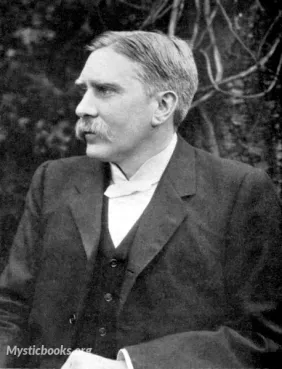
Arthur Christopher Benson
England
Arthur Christopher Benson (24 April 1862 – 17 June 1925) was an English essayist, poet and academic, and the 28th Master of Magdalene College, Cambridge. He is best known for his essays, which are cha...
Books by Arthur Christopher BensonDownload eBooks
Listen/Download Audiobook
- Select Speed
Related books
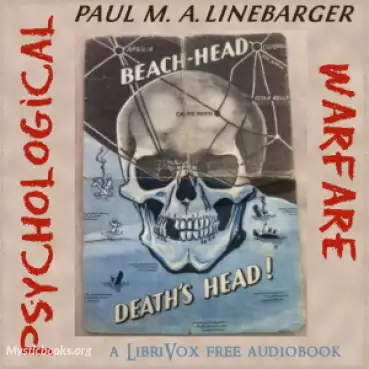
Psychological Warfare by Cordwainer Smith
Psychological warfare and propaganda have been used extensively in warfare since the earliest times. This book explores the functions, limitations, ty...
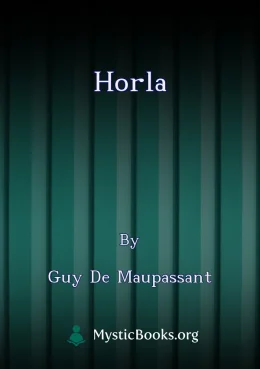
Horla by Guy de Maupassant
The Horla is a chilling tale of psychological horror, exploring the themes of isolation, madness, and the terrifying unknown. It follows an unnamed na...
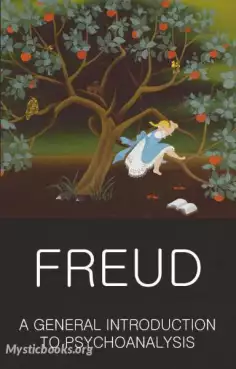
A General Introduction to Psychoanalysis by Sigmund Freud
Introduction to Psychoanalysis or Introductory Lectures on Psycho-Analysis is a set of lectures given by Sigmund Freud, the founder of psychoanalysis,...
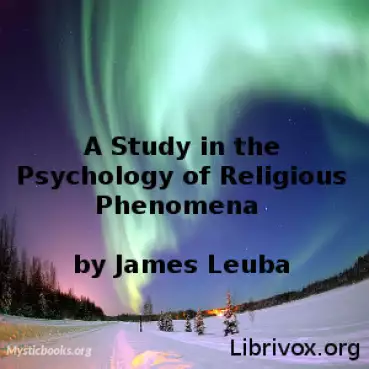
A Study in the Psychology of Religious Phenomena by James H. Leuba
"The present essay when complete will contain three parts. Of the two parts now published, the first is an analysis of the conversion process; it is d...
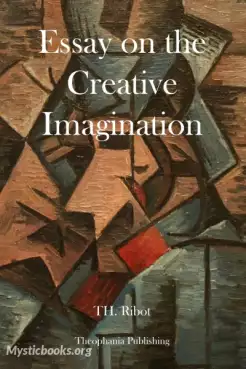
Essay on the Creative Imagination by Théodule-Armand Ribot
"It is quite generally recognized that psychology has remained in the semi-mythological, semi-scholastic period longer than most attempts at scientifi...
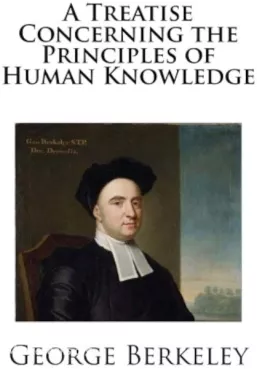
A Treatise Concerning the Principles of Human Knowledge by George Berkeley
Does the world exist outside of your mind? In his groundbreaking philosophical work, A Treatise Concerning the Principles of Human Knowledge, George...

Diary of a Suicide by Wallace E. Baker
The body of a well-dressed young man was found off Manhattan Beach, Sept. 28, 1913. In his pockets a torn photograph of Strindberg and receipts for th...
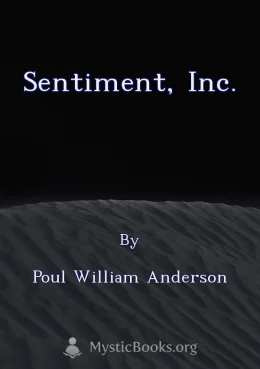
Sentiment, Inc. by Poul William Anderson
In a future society where technology has advanced to the point of manipulating emotions, the novel explores the ethical ramifications of controlling p...
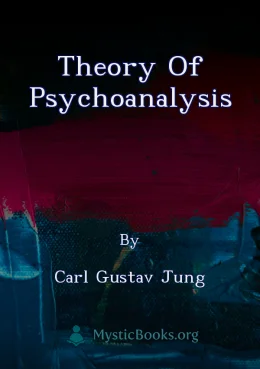
Theory of Psychoanalysis by Carl Gustav Jung
Carl Jung's "Theory of Psychoanalysis" presents his groundbreaking theoretical work in the field of psychology. Expanding upon the Freudian framework...

The Interpretation of Dreams by Sigmund Freud
The Interpretation of Dreams is an 1899 book by Sigmund Freud, the founder of psychoanalysis, in which the author introduces his theory of the unconsc...
Reviews for Where No Fear Was: A Book About Fear
No reviews posted or approved, yet...